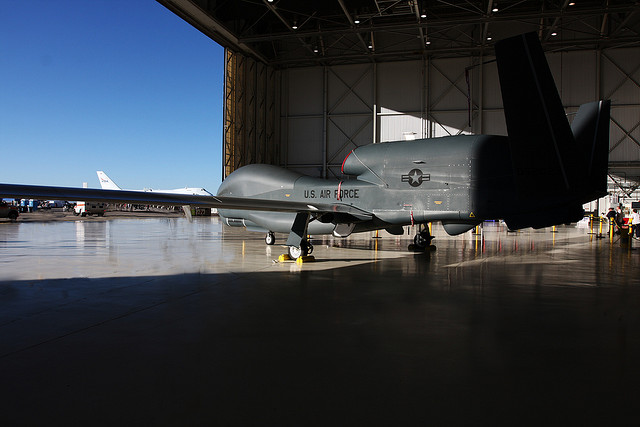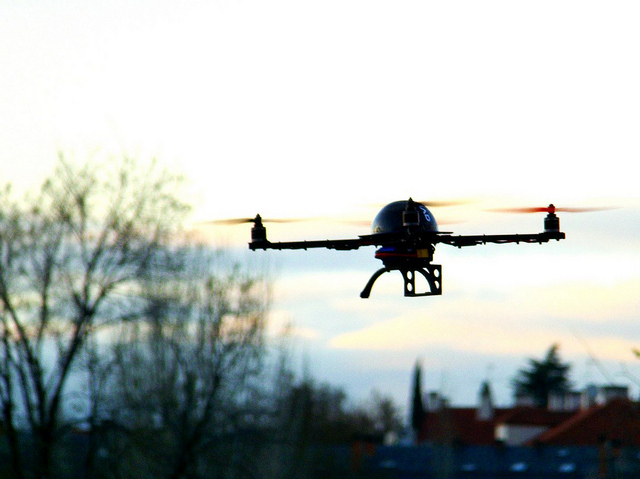Sea, air and land updates
Sea State
Last week, TKMS opened its dockyards in Kiel to visiting Australian defence writers to discuss its submarine and surface fleet operations. The Germans have displayed a transparency in the competitive evaluation process that some have observed has been lacking on the part of the Japanese and French contenders. Amid concerns about the Japanese Soryu-class submarine’s compatibility with Australian requirements, TKMS Australia’s CEO Philip Stanford has emphasised the synergies between the German and Australian navies.
However, the 500 new jobs in South Australia announced by Prime Minister Abbott in February this year won’t include construction jobs, regardless of who wins the SEA 1000 bid. While both European contenders have indicated that they’d be happy to build at ASC, South Australian senator Nick Xenophon is of the impression that the 500 figure ‘refers to the things that need to take place in Australia’ regardless of the outcome of the competitive evaluation process, which presupposes a Japanese build.
However, builder aside, our future submarines will be irrelevant according to Bryan Clark—a former US military naval adviser to the Pentagon. Clark told ABC in an interview last week that the US reliance on its submarines being undetectable will end in 10–20 years, when other nations’ new detection technologies will render submarines obsolete. When this happens, submersible drones will be the focus of underwater stealth operations.
Flight Path
Following the recent kerfuffle over B-1s and B-52s exercising in Australia, tensions in the South China Sea were again tested with the US sending its P-8A Poseidon surveillance plane over the highly contested Fiery Cross reef. The US ‘routine maritime domain awareness’ mission was labelled by Chinese officials as dangerous and ‘detrimental to regional peace and stability’. A CNN videographer was invited to record the mission that included the Chinese navy issuing eight warnings to move the aircraft away from Chinese territory. You can watch the video here and listen to the radio transmissions here. Tensions don’t seem to be easing, with more recent US claims that China allegedly tried to electronically jam US Global Hawk surveillance drone flights over the South China Sea.
In technology news, the US Air Force is looking to fire high energy lasers from C-17s by 2023. Projected for integration with fighter jets, the technology would enable an aircraft to fire thousands of shots and defeat an incoming missile. Whilst the idea is not new, Air Force officials have noted it has learned from a previous Airborne Laser program (ended in 2009).
Finally, last Tuesday Australia’s first trained F-35A pilot Squadron Leader Andrew Jackson flew ‘Skippy’, one of Australia’s first F-35A joint strike fighters (JSF).
Rapid Fire
The big news of the week came when the city of Ramadi, 110 kilometres from Baghdad, was captured by Islamic State fighters. After fighting the Iraqi army for some time the group seized the city and an estimated 100 tanks left behind by the Iraqi army. The Iraqi performance was slammed by US Defense Secretary Ash Carter in an exclusive interview with CNN, calling the event a ‘failure of the Iraqi forces to fight’. But it isn’t all bad news for Ramadi, with a counter offensive reportedly launched by the Iraqi army over the weekend.
This setback has prompted questions of whether US and allied troops should themselves be taking up arms and joining the combat against Islamic State, notably by Australia’s own David Kilcullen. Some defence analysts, including American Enterprise Institute scholar, Frederick Kagan, have called for as many as 20,000 US ground troops to be deployed.
This is juxtaposed with a Defense One and GBC survey that shows even though only 16% of US Defense Department and military personnel surveyed agree that the campaign against Islamic State is doing enough, only 31% would back putting more boots on the ground.
In a speech during the commencement ceremony for the United States Coast Guard Academy, President Obama commented on the impact of climate change on the military. Task and Purpose wrote a follow up article highlighting these threats, all of which should be of great concern to the future of Australia’s defence force.










